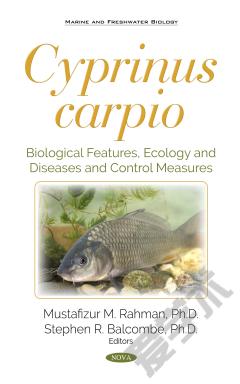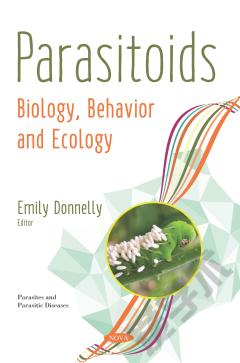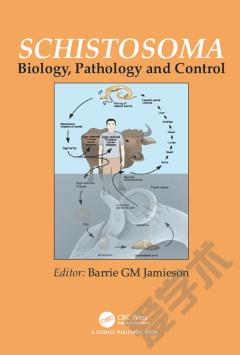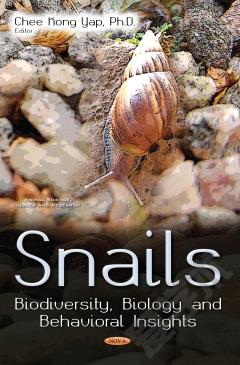Cyprinus carpio: Biological Features, Ecology and Diseases and Control Measures
This book focuses on global aspects of common carps’ biological features, ecology and diseases. Common carp have a high adaptive capacity in a wide range of conditions and habitats that have enabled them to be distributed across most regions of the world, except Antarctica. Common carp play an essential role in feeding the world as one of the highest sources of animal protein for humans worldwide. Therefore, an understanding of various biological aspects of common carp across the environments they inhabit are essential for their care and management in wild or cultured situations. Creating a compendium of knowledge surrounding common carp biology will provide useful knowledge for aquaculturists and scientists working to maximize their production. Biological aspects of common carp vary depending on the mode of management and environment in which they are growing. This book describes in detail various important biological aspects, particularly habitat, growth and production, food habits, breeding, maturation, fecundity, and behavior of common carp, which will benefit aquaculturists, students, and scientists. Zooplankton and zoobenthos communities are critical components of freshwater ecosystems and are very important for sustaining carp populations, both wild and cultured. This book also helps the reader to understand the ecology of carp ponds, particularly how common carp and pond management influence zooplankton and zoobenthos ecology. Common carp is the preferred food fish for many Asian and European consumers. Two chapters describe nutritional aspects of common carp, with special attention concerning factors that influence meat quality in terms of proximate and fatty acids composition. Like other fish, common carp also encounter many diseases during their lifespan. Various biological agents (pathogens) – particularly viruses, bacteria, fungi and parasites – may initiate disease. Their growth and abundance are related to various environmental factors such as temperature, various dissolved gases, pH, and availability of food. Therefore, in addition to biology and ecology, this book provides a clear understanding about various methodologies of identifying various diseases of common carp, together with methods and the methods of managing disease, particularly preventative and control measures.
{{comment.content}}








 京公网安备 11010802027623号
京公网安备 11010802027623号